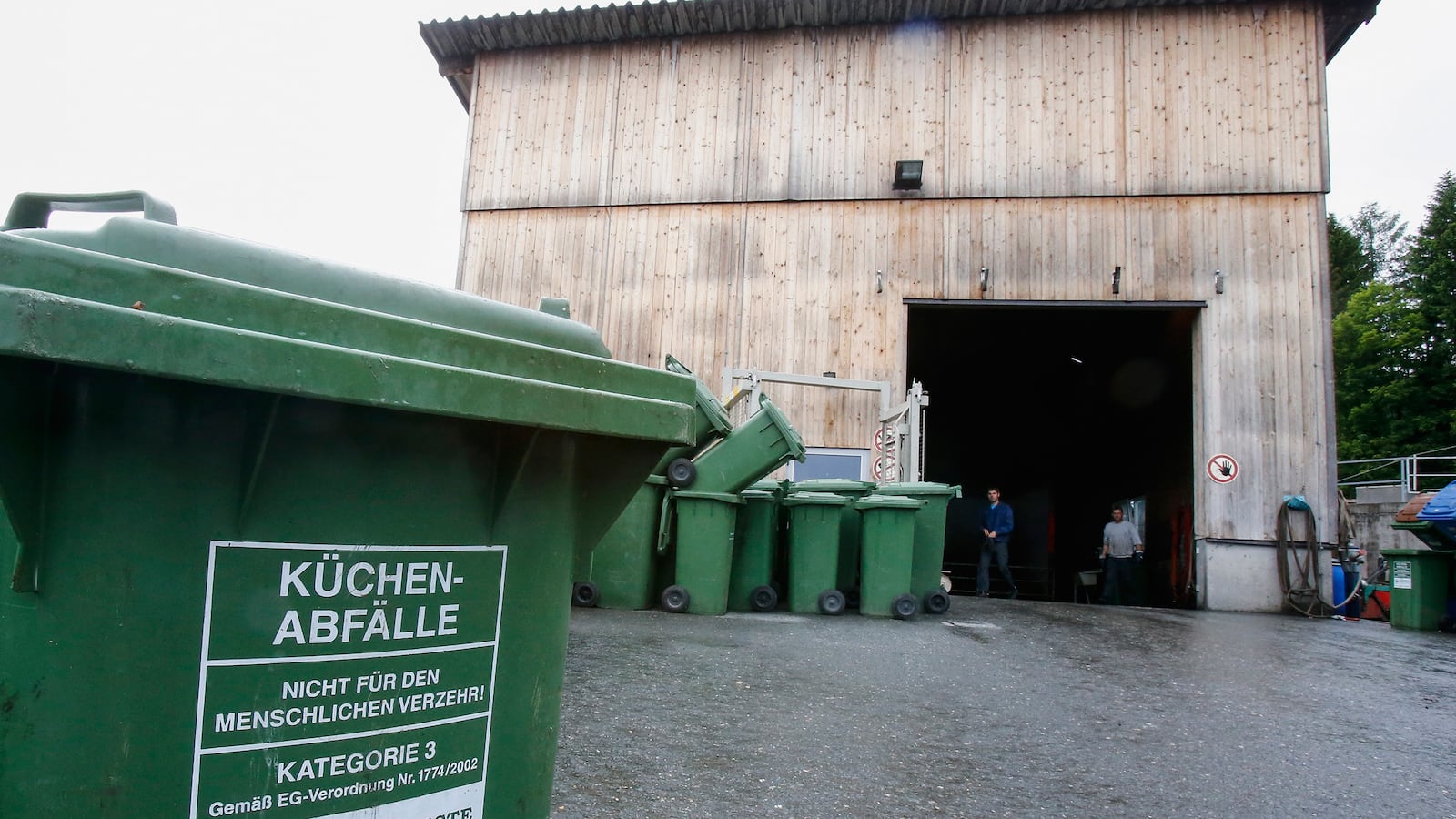Waste goes in, out comes…electricity? Waste-to-energy is an old idea. But less common are methods that harness the power of nature so masterfully that they can be brought anywhere, be it off the grid or in the city. If that weren’t enough, such methods cut carbon emissions, reducing the contributions of human-induced climate change.
Usually we’re used to thinking of waste coming after digestion, but to solve all these problems we’re going to have to start thinking like microbes. The secret is anaerobic digestion. Anaerobic digestion is not by virtue a blessing; it’s one of the main reasons for reducing food waste in landfills. When microbes perform anaerobic digestion it causes the carbon contained in food and other bio-wastes to decompose into methane. This is a problem because methane, as a greenhouse gas, is more than 20 times as potent as the carbon dioxide formed from aerobic digestion.
The key to harnessing the power of anaerobic digestion is capturing the methane. Pure methane from the ground goes by the more familiar name of “natural gas,” but mixes of methane (60 percent) and carbon dioxide (40 percent) from biomass are called “biogas.” When burned as fuel, biogas turns into pure carbon dioxide. Because the carbon contained in biomass (and by extension the carbon in the gases that evolve from it) was brought out of the atmosphere by plants performing photosynthesis on atmospheric carbon dioxide, returning bio-based carbon to the atmosphere (specifically in the form of carbon dioxide) does not contribute to the total amount of atmospheric carbon, and thus does not contribute to global warming.
A few companies are bringing the power of anaerobic digestion to the people. As a Viessmann Group member, BIOFerm is an anaerobic-digestion and gas-upgrading company based in Madison, Wisconsin. Whitney Beadle of Marketing Communications explains that there are benefits to “making energy from what's normally considered waste.”
BIOFerm has provided more than 400 anaerobic digester installations for waste operations all over the world. The technology works with any producer of organic waste, be it the dairy industry, food processors, wastewater treatment plants, municipal organic waste management, etc. At the front end of each installation is one of a variety of digesters, addressing factors such as scale and the amounts of water and solids contained in a waste stream.
Here, bio-waste continuously decomposes anaerobically for an average of 30 days to produce biogas. These units can range from sizes as small as a shipping container, to full-blown industrial-scale units that can handle more than 7,000 tons of waste per year. After this the biogas is continuously collected in gas-storage bags. Post digestion, the biomass (now called digestate) “can be used as fertilizer, animal bedding, or turned into a variety of high-quality organic products,” Beadle says.
At the back end is one of any number of methods targeted toward harnessing the energy contained in the biogas, such as electricity generators, industrial heaters, or fueling stations for fleets of vehicles (though this last application requires preliminary purification). A great number of internal-combustion engines can be modified to run on natural gas. For now, because natural gas isn’t available at most local gas stations, these fleets are limited to short-range applications such as farm equipment and municipalities that operate waste-collection vehicles. According to Beadle, such vehicles have the luxury of “fueling right on sight for day-to-day operations.”
For even smaller applications of bio-energy, another company is making strides. Impact Bioenergy is in the crowdfunding phase for a unit that can digest biomass, store biogas, and generate power all on a trailer within a footprint the same size (and cost) of a car.
As local business and municipalities become more interested in reducing waste and producing energy, hopefully you’ll start seeing more of these installations.






